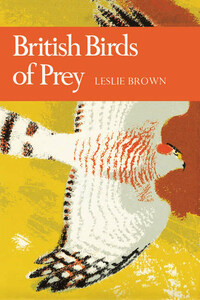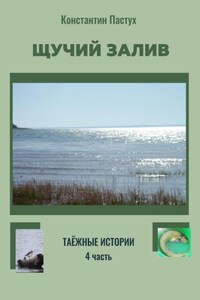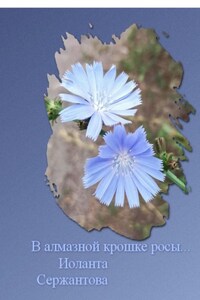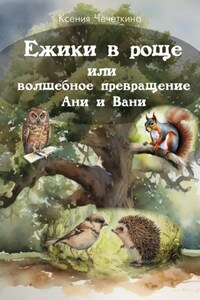Margaret Davies, C.B.E., M.A., Ph.D.
John Gilmour, M.A., V.M.H.
Kenneth Mellanby, C.B.E., Sc.D.
PHOTOGRAPHIC EDITOR
Eric Hosking, F.R.P.S.
The aim of this series is to interest the general reader in the wild life of Britain by recapturing the inquiring spirit of the old naturalists. The Editors believe that the natural pride of the British public in the native fauna and flora, to which must be added concern for their conservation, is best fostered by maintaining a high standard of accuracy combined with clarity of exposition in presenting the results of modern scientific research.
TO MANY, hawks and eagles have become symbols of freedom. In these days, when the world is coming more and more under manâs domination, and when the total destruction of our natural environment is increasingly feared, these magnificent birds achieve an even greater importance in our imagination. As long as they retain a significant place among our wildlife, everything does not appear to be lost. But they have an even greater, and more practical, importance. These birds are also increasingly recognised as âindicator speciesâ, particularly susceptible to damage from man-made pollution. As long as they remain we know that the struggle for the conservation of both our wildlife and of our environment is worth pursuing.
Yet this love of our birds, particularly our birds of prey, has not always been so prevalent. In the nineteenth century, when environmental pressures were far less intense than they are today, birds like the Osprey and the Sea Eagle were exterminated in Britain, largely by persecution by man. In this ornithologists, by stealing innumerable eggs and by wholesale shooting to obtain skins for their collections, played a significant part. They undoubtedly prevented many new species which might have colonised this country from obtaining a toe hold. But it was the growth of game preservation which did most harm to our hawks. Landowners and gamekeepers believed that any bird with a hooked bill endangered their pheasants, so hawks were shot, trapped inhumanely and their nests were destroyed over most of the country. Sheep farmers in the Highlands of Scotland persecuted the Golden Eagle, in the belief that it carried off their lambs. Pigeon fanciers had a particular enmity for the Peregrine, which undoubtedly prevented some homing birds from reaching their destination.
All these birds are now protected by law. Many landowners, and even some gamekeepers, realise that they are often less harmful to game birds than are the rats and other small rodents on which the hawks largely feed. Although the inhuman pole trap is still used, and many birds are illegally poisoned, the law, and a greater knowledge of predator ecology, is having some effect. Most people are now in favour of supporting the law. But in the last twenty years a new danger has arisen from pesticides and other pollutants. In many countries species of hawks and eagles have been wiped out over large areas. In Britain, although the Sparrowhawk has ceased to breed in most counties where arable farming predominates, and the Peregrine only breeds successfully in the remoter parts of Scotland, the situation would seem to be less catastrophic. The most recent records show some improvement in the numbers, distribution and breeding success of most of our endangered species. This is largely due to the vigilance of our naturalists, who established the danger, and the co-operation of our Government, our farmers and our industrialists, who took action to control the most dangerous uses of the most toxic pesticides before it was too late.
Many of us, even naturalists familiar with other forms of wildlife, are sadly ignorant about most of the birds described in this book, so it should be of real value to its readers. The only species we can expect to see at all often is the Kestrel, so well named the âWindhoverâ or âWindcheaterâ, for this has taken to soaring over our motorways when hunting the voles which have found a perfect new habitat in the grass verges. In Wales and the West Country we may see a Buzzard, and, with luck, a Golden Eagle on a visit to the Highlands. The eleven other species which breed in Britain, and the ten others which have been recorded as regularly visiting our shores, are almost unknown except to the few. This is not entirely surprising when we realise how small are the numbers of most species. Only three have over 500 breeding pairs, and some could be counted, if not on our fingers, then on our fingers and toes.








